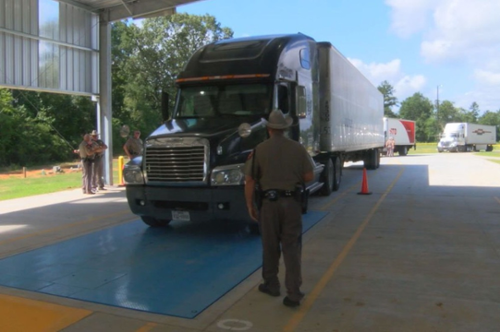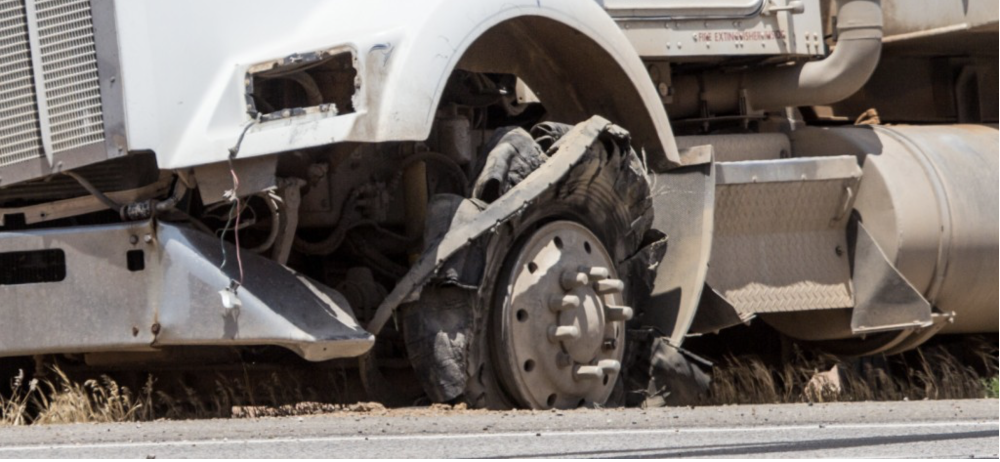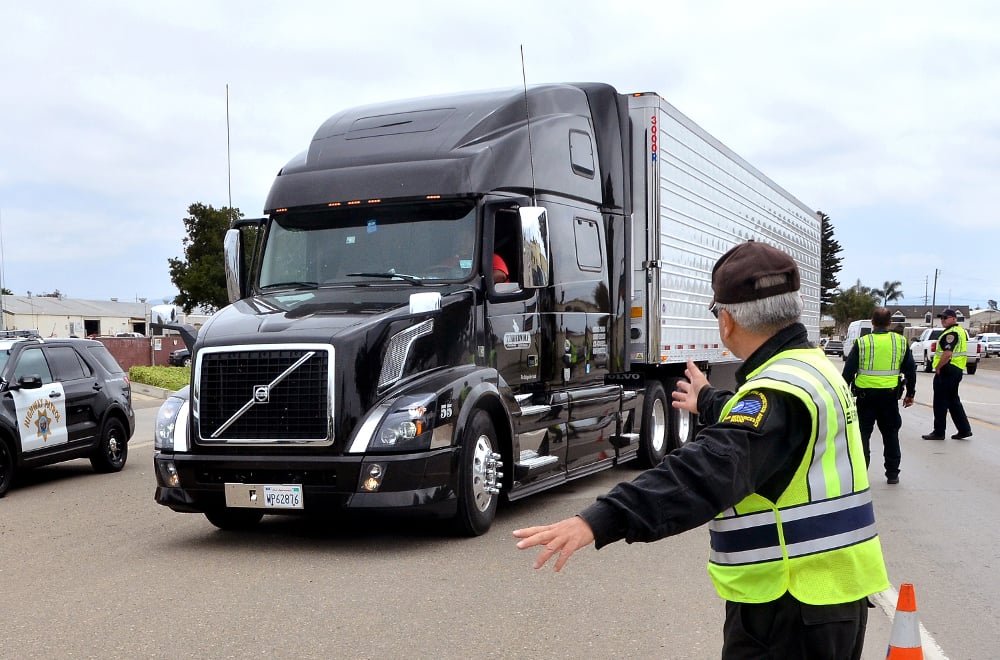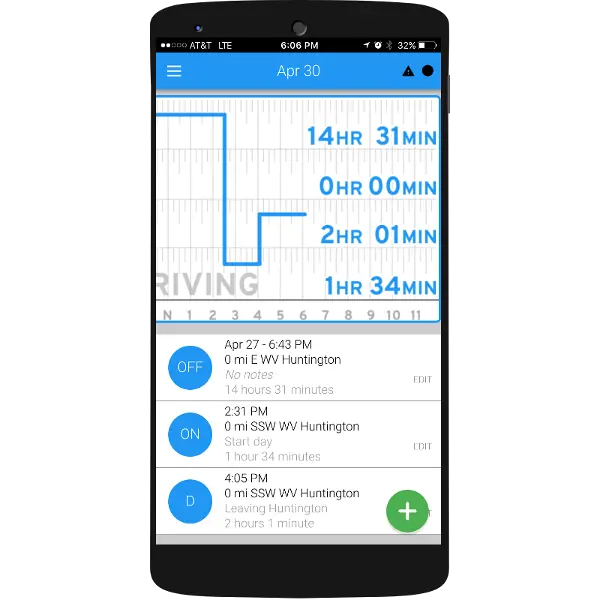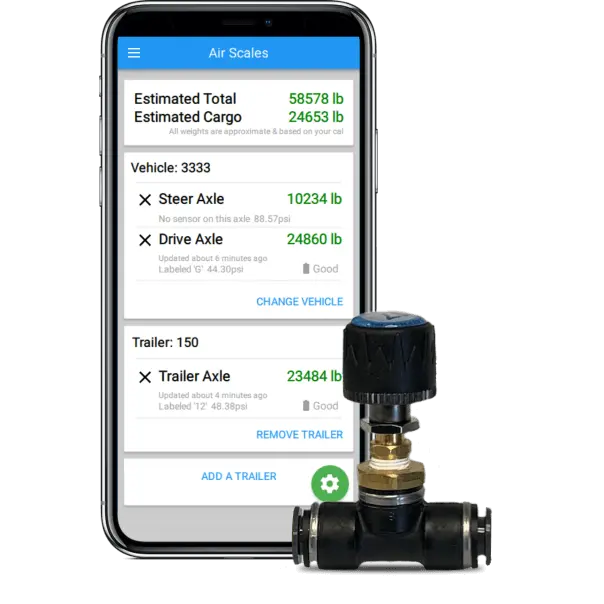Getting a truck properly loaded and balanced is almost a science in the trucking industry. There are a lot of tools that help drivers understand how much they are hauling and how to adjust the truck and trailer to fit inside the required weight restrictions for gross and axle weights.
Mike Riegel
Recent Posts
Adjusting Truck Weight by Sliding the 5th Wheel or Trailer Tandem Axle
Nov 22, 2022 11:24:31 AM / by Mike Riegel posted in Overloaded, Truck Scale
5 Mistakes that put New Carriers Out of Business
Nov 21, 2022 10:31:35 AM / by Mike Riegel posted in Maintenance, Growth, FMCSA, DataQ
Trucking is one of the most competitive industries to be in. There are over 4.5 million trucks on the road in the US and they are all looking for loads to haul. With the amount of available trucks able to take loads the competition is high and the profit margins are low. New carriers have a lot working against them while trying to build a reputation for themselves and earn their way to consistent steady work.
Overweight Violations Issued by State in 2022
Nov 17, 2022 10:09:27 AM / by Mike Riegel posted in Overloaded, FMCSA, DOT
We recently compiled violation data collected by the FMCSA to show trends in enforcement over the course of the year. We are looking at overweight violation trends over the year and when compared to our "DOT Violations issued by State in September" post we can see a similar trend among all violations issued.
If the data continues the following its current trend it's possible that the industry will be in a period of heavy enforcement over the next 3-5 months. Below you can see the overweight violations that were issued from 2021 to September 2022 and the trend that the data follows.
Below is the trend of overweight violations issued by each state so far this year. You can see which state are more aggressive or more lax when it comes to issuing overweigh violations for semi trucks.
These violations include overweight on axles, gross and tires load limits.
Overweight violations are some of the more costly violations in the trucking industry. Depending which state you are in you could pay a lot for every pound you are over the required limits. If you have traveled over bridges overloaded the violations can cost much more.
Being sure to scale every load is an effective way to make sure that you are always legal. Onboard scaling systems can also help drivers know if they are above or below their legal limits. These scaling systems cost much less than the cost of getting an over weight violation.
If you are ever issued a violation for something that you know you were with in the bounds of the law then you can file a DataQ with the FMCSA and have it reviewed and removed from affecting your CSA score.
Alabama
The Truck Crash Indicator BASIC
Nov 15, 2022 11:15:05 AM / by Mike Riegel posted in Safety, FMCSA, DOT
The Crash Indicator Behavior Analysis and Safety Improvement Category (BASIC) is one of seven categories that the Federal Motor Carrier Safety Administration (FMCSA) uses to determine how a motor carrier ranks relative to other carriers with a similar number of safety events (i.e., inspections, violations, or crashes). This is used to determine a carrier's CSA score.
What do Weigh-in-Motion Scale Systems Mean for Trucking Enforcement?
Nov 9, 2022 3:15:04 PM / by Mike Riegel posted in Overloaded, Overweight ticket, Fines, DOT
Weigh-in-motion (WIM) scales are embedded scales that can weigh vehicles while they are in motion on interstate roadways. This type of scale works by using sensors in the road and imaging technology to tell what kind of vehicle is currently on the scale and how much each axle weighs. These systems can tell if a trucks load is properly balanced or heavy on an axle group which can affect handling. Some of the more sophisticated systems can tell which tires are low on pressure as well. The accuracy of weigh in motion systems are continuing to improve and can provide weights with 3% error or less.



